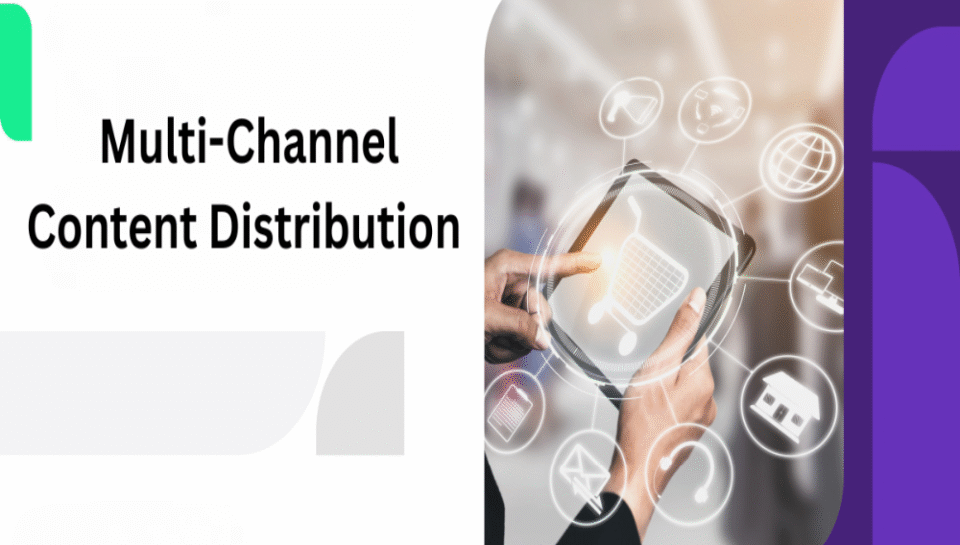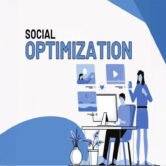
Explain multi-channel content distribution
Introduction
Multi-channel content distribution is a modern marketing approach that ensures content reaches audiences across various digital platforms and touchpoints. It involves publishing, promoting, and sharing content through multiple channels simultaneously—such as websites, email, social media, search engines, and partner networks—to increase visibility, engagement, and impact. In an era where audiences consume information in diverse ways, relying on a single distribution channel can limit reach and effectiveness. Multi-channel distribution provides greater flexibility, maximizes content ROI, and helps meet audiences where they already are, using the formats and platforms they prefer.
Understanding multi-channel content distribution
At its core, multi-channel content distribution is the process of delivering the same or adapted versions of content across several marketing channels. The aim is to ensure that content not only reaches a wide audience but also provides a cohesive and consistent message across all platforms. This method goes beyond simply sharing a blog post on social media—it requires a structured plan to tailor and distribute content in ways that resonate with each unique channel’s audience and format expectations.
Identifying and selecting distribution channels
Choosing the right distribution channels depends on your audience, content type, and business objectives. Common channels include owned media (website, blog, newsletter), earned media (guest posts, mentions), and paid media (sponsored posts, PPC ads). Social platforms such as LinkedIn, Facebook, X, Instagram, and YouTube offer immense potential for engagement, while email remains powerful for nurturing existing audiences. A successful multi-channel strategy blends these options based on where your audience spends time and how they prefer to engage with content.
Tailoring content to platform preferences
One of the cornerstones of effective multi-channel distribution is content adaptation. Each platform has its own best practices, user expectations, and content formats. For example, a long-form blog post may be broken into several carousel posts on Instagram, short videos for TikTok, a professional summary on LinkedIn, and a detailed newsletter for email subscribers. Tailoring content to fit these formats ensures better performance, increased relevance, and higher engagement rates.
Creating a centralized content calendar
Managing multi-channel distribution requires organization and foresight. A centralized content calendar helps map out what content will be shared, when, and on which platform. It provides visibility across teams, ensures consistent messaging, and avoids overlaps or scheduling conflicts. A well-maintained calendar also helps align content with marketing campaigns, product launches, and seasonal events, ensuring that distribution efforts are both timely and strategic.
Leveraging automation and scheduling tools
To streamline distribution across channels, marketers often use automation tools such as Buffer, Hootsuite, CoSchedule, or HubSpot. These platforms allow you to schedule posts, analyze performance, and manage multiple accounts from a single dashboard. Automation ensures timely posting and saves valuable time, especially when distributing content across global time zones or large campaigns. However, while automation supports efficiency, it should not replace human oversight—personalization and real-time engagement still matter.
Utilizing audience segmentation and personalization
Multi-channel strategies perform best when combined with audience segmentation and personalization. Not all users on a mailing list or social platform have the same interests or needs. Distributing content based on buyer personas, behavior, or past engagement improves relevance and click-through rates. Email campaigns can be segmented by demographics or product interest, while social ads can be targeted by location, profession, or browsing history. Personalization increases trust and encourages deeper interaction with your content.
Integrating SEO and search distribution
Search engines remain a critical channel for content distribution. Optimizing your content for search visibility through keyword research, metadata, internal linking, and schema markup ensures it reaches users actively seeking information. In multi-channel plans, every blog post, video, or guide should be created with SEO in mind to improve organic reach. Republishing articles on platforms like Medium or LinkedIn with canonical tags can also boost distribution without harming search rankings.
Amplifying content through influencers and partners
Collaborating with influencers, brand advocates, or media partners can expand your distribution beyond internal channels. By allowing third parties to share, mention, or repackage your content, you access their audiences and benefit from built-in trust. This strategy is especially useful for webinars, reports, or product launches, where reach and credibility play a significant role. Establishing mutually beneficial partnerships adds an external dimension to your distribution ecosystem.
Tracking performance across channels
Measuring results is essential to understanding the impact of multi-channel content distribution. Key performance indicators (KPIs) such as impressions, clicks, engagement rate, conversion rate, and time on page should be tracked for each platform. Analytics tools like Google Analytics, UTM parameters, social media dashboards, and email marketing reports help assess what content works where. These insights allow continuous refinement of distribution tactics and better resource allocation.
Repurposing content to extend lifecycle
Content repurposing enhances the value and reach of original assets. A webinar can be turned into a blog post, several social clips, an infographic, and an email series. Each new format can be distributed on different channels suited to that format. Repurposing not only extends content shelf-life but also ensures consistent messaging and maximizes audience exposure. This approach complements multi-channel distribution by offering multiple entry points into the same message.
Conclusion
Multi-channel content distribution is a vital strategy for maximizing the reach, impact, and ROI of digital content. By thoughtfully selecting channels, tailoring content formats, using scheduling tools, and analyzing performance, marketers can ensure their messages reach the right audiences at the right time. This approach fosters deeper engagement, reinforces brand consistency, and supports the goals of awareness, education, and conversion across the customer journey. In a competitive content landscape, distributing smartly is as important as creating effectively.
Hashtags
#multichannelmarketing #contentdistribution #contentstrategy #digitaldistribution #marketingchannels #contentcalendar #omnichannelstrategy #socialmediamarketing #SEOstrategy #emailmarketingtips #marketingautomation #contentpersonalization #contentengagement #marketinganalytics #repurposecontent #marketingworkflow #digitalcontentplan #crosschannelcontent #marketingintegration #contentvisibility #contentROI #distributionplanning #brandedcontent #contentreach #digitalecosystem





